Utilization of empty pea (Pisum sativum) pods as livestock feed
By M. Wadhwa, Mohinder P.S. Bakshi and Harinder P.S. Makkar*
Department of Animal Nutrition, Guru Angad Dev Veterinary and Animal Science University, Ludhiana-141004, India; *International Consultant and Adjunct Professor, University of Hohenheim, Stuttgart, Germany
E-mail: bakshimps2@gmail.com
Introduction
After China, India is the second largest producer of peas (4 million tonnes/annum) in the world, contributing 22.9% to the world production (FAO, 2015). Pea pods are processed in the food processing industries, where pea pods are cut in a depodder and peas and empty pea pods (EPPs) are separated through rotating sieves. The EPPs constitute 50-55% of intact peas i.e. the recovery of green peas for human consumption is only 45-50%.
Feeding fresh empty pea pods
Fresh EPPs (Photo 1) contain 12-15% dry matter (DM), 18.5-20% crude protein (CP), 48-57% neutral detergent fiber (NDF), 43-52% neutral detergent solubles, 24-26% cellulose and 3.9-4.0% acid detergent lignin (ADL) on DM basis and are highly nutritious (Wadhwa et al., 2006; Bakshi and Wadhwa, 2013; Wadhwa and Bakshi, 2013; Bakshi et al., 2016).
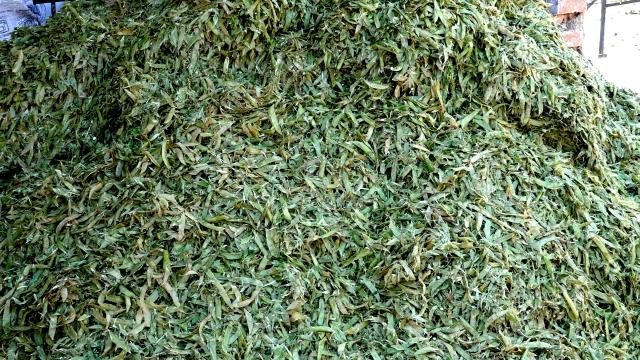
Photo 1: Fresh empty pea pods (Photo credit: M.P.S. Bakshi)
The digestion kinetic parameters of DM assessed by the in sacco technique revealed that the EPPs had 82.3% degradable fractions and both effective and true degradabilities were 68–69%.
The EPPs or conventional green oat (Avena sativa) fodder supplemented with a mineral mixture and common salt were fed ad libitum to goat bucks (body weight 62.6 ± 1.1 kg) as a total mixed ration (TMR). The DM intake, digestibility of NDF and ADF, nitrogen-retention and metabolizable energy (ME) in the EPPs fed group were higher (P<0.05) than in the conventional green oat fodder fed group (Table 1).
Table 1: Dry matter intake, digestibility of nutrients, nitrogen-retention and nutritive value of empty pea pods in comparison with green oat (Avena sativa) fodder in goat bucks (Source: Wadhwa et al., 2006)
| Component | Pea pods | Green oat (Avena sativa) fodder | SE |
| DM intake, kg/d | 2.16a | 1.37a | 0.05 |
| Digestibility of nutrients, % | |||
| OM | 77.4 | 74.8 | 1.35 |
| CP | 80.3 | 76.1 | 2.06 |
| NDF | 74.7b | 64.1b | 0.48 |
| ADF | 72.7b | 64.0a | 1.43 |
| N-retention, g/day | |||
| N-Intake | 70.3b | 27.4a | 1.32 |
| Faecal-N | 13.9b | 6.6a | 0.64 |
| Urinary-N | 31.9b | 13.2a | 1.48 |
| N-retained | 24.5b | 7.6a | 1.00 |
| Nutritive value | |||
| DCP, % | 9.0a | 9.2b | 0.33 |
| ME, MJ/kg DM | 15.4b | 9.5a | 0.73 |
OM: Organic matter; CP: Crude Protein; NDF: Neutral Detergent Fibre; ADF: Acid Detergent Fibre; DCP: Digestible Crude Protein; ME: Metabolizable Energy. Values with different superscripts differ at P<0.05.
The total purine derivatives excreted in urine, purines absorbed and microbial protein synthesized in the rumen were higher in the EPP fed group than in the green oats fed group (Wadhwa et al., 2006). The EPPs can also be fed after mixing with chopped cull carrots, concentrate mixture (maize 15%, wheat 15%, deoiled mustard cake 10%, mustard cake 15%, soybean meal 11%, rice bran 15%, deoiled rice bran 16%, common salt 1% and mineral mixture 2%) and wheat straw in 20:10:35:35 ratio on DM basis (Photo 2) as a TMR. This TMR is highly relished by animals (see video below).
Video 1: Utilization of empty pea pods as livestock feed (Source: FAO)
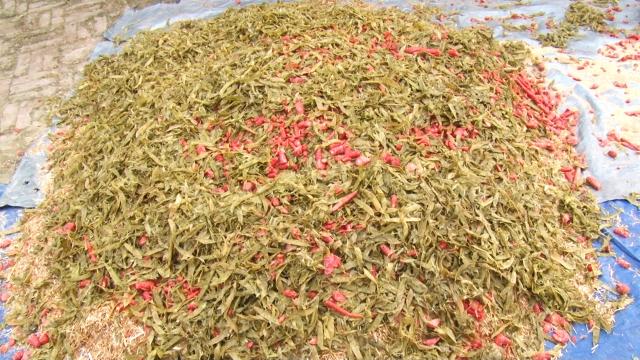
Photo 2: Total mixed ration containing empty pea pods, cull carrots, concentrate mixture and wheat straw (Photo credit: M.P.S. Bakshi)
Ensiling fresh empty pea pods
The fresh EPPs and wheat straw are mixed in 75:25 ratio to obtain 34-35% DM required for making good silage. Wheat straw (175 kg) is spread on a clean concrete floor and then 525 kg fresh empty pea pods are spread on the straw and mixed. A 10-12 feet long low density polyethylene tube of 6 feet diameter, one side of which is tied with nylon string is used as a tube silo. The uniform mixture of empty pea pods and wheat straw is transferred into the tube with simultaneous manual pressing. After thorough pressing, the polyethylene tube is tied with nylon string at the top end and ensiled for 42 days. The tube is opened and empty pea pods-wheat straw silage (Photo 3) is taken out as per the daily requirement. The tube is tied again. This silage is incorporated in the TMR at the rate of 25% on DM basis. In the TMR, the roughage to concentrate ratio is kept approximately 65:35 and fed to cows or buffaloes.
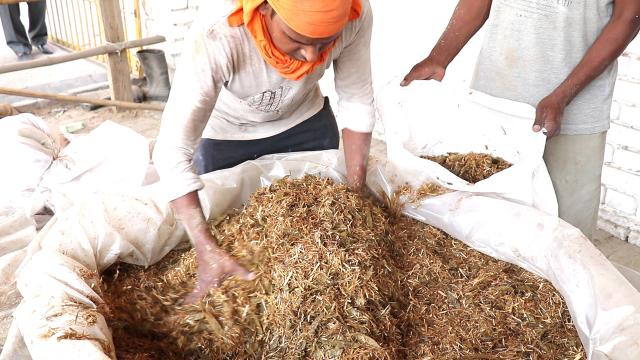
Photo 3: Fresh empty pea pods ensiled with wheat straw (Photo credit: M.P.S. Bakshi)
Utilization of sundried empty pea pods
The fresh empty pea pods are sundried on a clean concrete floor. After sun drying (Photo 4), the empty pea pods become very crispy and are relished by animals especially goat bucks (Photo 5). The berseem (Trifolium alexandrinum) hay containing 19% CP can be replaced up to 50% on nitrogen basis by sundried ground empty pea pods containing 18.5% CP. A TMR was prepared by mixing the concentrate mixture, empty pea pods and berseem hay in 50:25:25 and fed to ruminants. In another TMR, the kinnow waste based concentrate mixture was mixed with sundried ground empty pea pods and berseem hay in 50:25:25 ratio on DM basis and fed to ruminants. It may be noted that another fruit and vegetable waste i.e. sundried ground kinnow waste replaced 100% barley grains (human edible) in the concentrate mixture used, without affecting the nutrient utilization.
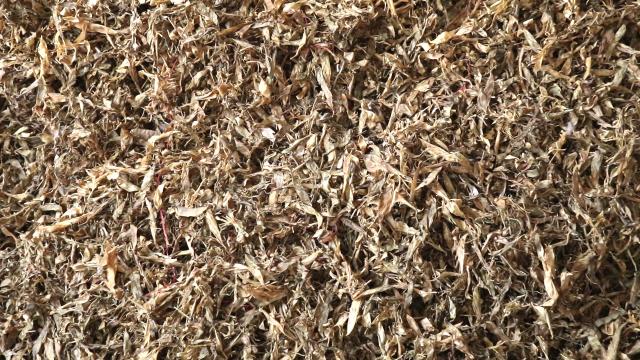
Photo 4: Sundried empty pea pods (Photo credit: M.P.S. Bakshi)
The above studies conclusively revealed that empty pea pods can be fed fresh, after sun drying or after ensiling with wheat straw to different classes of ruminants in TMR without affecting nutrient utilization or health of the animals.
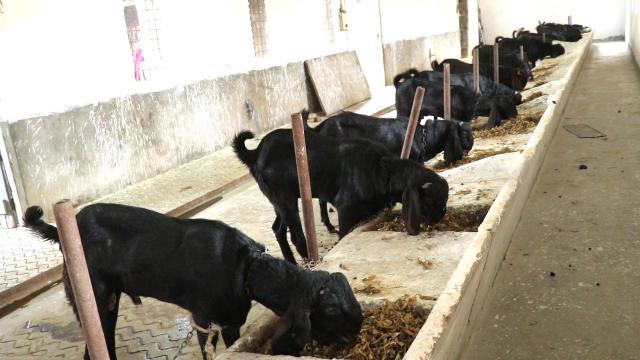
Photo 5: Sundried empty pea pods relished by goat bucks (Photo credit: M.P.S. Bakshi)
References
- Bakshi, M.P.S. and M. Wadhwa. 2013. Nutritional evaluation of cannery and fruit wastes as livestock feed. Indian Journal of Animal Science, 83: 1198-1202.
- Bakshi, M.P.S., M. Wadhwa and H.P.S. Makkar. 2016. Wastes to worth: vegetable wastes and by-products as animal feed. Commonwealth Agriculture Bureau Reviews, 11: No. 012.
- FAO. FAOSTAT Statistical Database. Rome; 2015. Available from: http://www.fao.org/faostat/en/#home.
- Wadhwa, M. and M.P.S. Bakshi. 2013. Utilization of fruit and vegetable wastes as livestock feed and as a substrate for generation of other value added products. Ed Harinder P.S. Makkar. Food and Agriculture Organization of United Nations. RAP Publication 2013/04. Pp 56.
- Wadhwa, M., S. Kaushal and M.P.S. Bakshi. 2006. Nutritive evaluation of vegetable wastes as complete feed for goat bucks. Small Ruminants Research, 64: 279-284.

